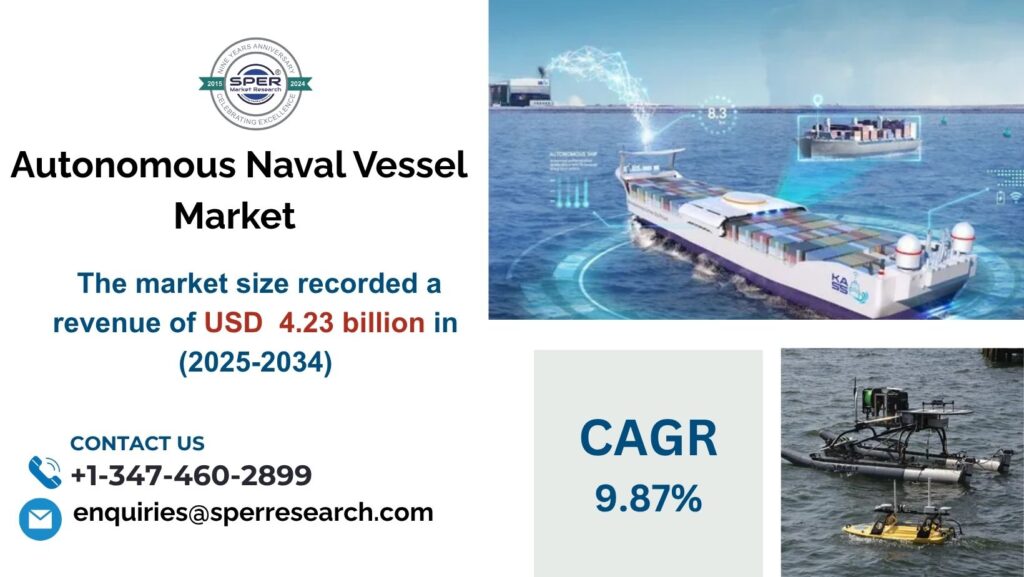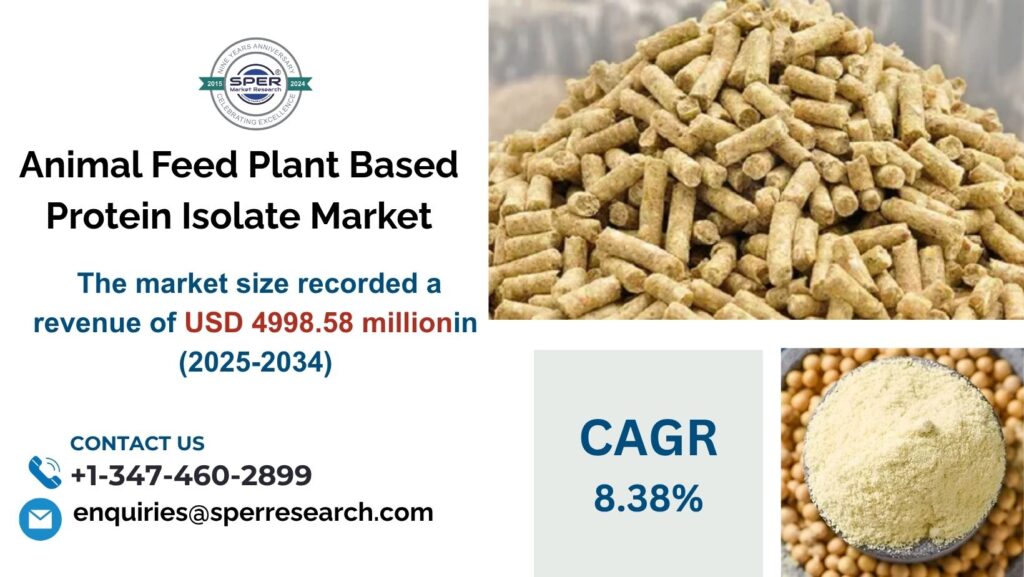A humanoid robot is a machine designed to imitate the human body and its movements. Usually consisting of a head, torso, arms, and legs, these robots are created to interact with people and operate in human-centered environments. Equipped with sensors, actuators, and artificial intelligence, they can walk, speak, recognize faces, understand voice commands, and handle objects. Humanoid robots find applications in healthcare, education, customer service, and research, providing assistance, companionship, and improved interactions with users.
According to SPER Market Research, ‘Global Humanoid Robot Market Size- By Component, By Application, By Motion – Regional Outlook, Competitive Strategies and Segment Forecast to 2034’ state that the Global Humanoid Robot Market is predicted to reach 7.94 Billion by 2034 with a CAGR 17.74%.
Drivers:
The humanoid robot market is growing rapidly due to several important factors. Rising automation needs in industries like healthcare, education, security, and customer service are driving increased adoption. Improvements in artificial intelligence and robotics have made humanoid robots more advanced and capable. Furthermore, strong investment and funding from both governments and private sectors support continuous innovation. The demand for robots to perform tasks in dangerous or remote areas, along with the focus on enhancing quality of life through personal assistance, also contributes significantly to market growth.
Request a Free Sample Report: https://www.sperresearch.com/report-store/humanoid-robot-market?sample=1
Restraints:
The humanoid robot market encounters several obstacles that may hinder its expansion. The high costs of development and manufacturing make these robots costly, restricting broader use. Technical challenges, including replicating natural human movements and advanced cognitive abilities, are still difficult to overcome. Privacy, security, and ethical concerns surrounding human-robot interactions also present significant issues. Additionally, limitations in battery life and durability impact their effectiveness in demanding settings. Regulatory uncertainties and varying levels of public acceptance further influence the market’s growth as society adjusts to incorporating humanoid robots into everyday life. North America dominates the humanoid robot market with the largest share and is expected to experience the fastest growth in the coming years. The region hosts top robotics companies and research centers that are at the forefront of advancing humanoid technology. Some significant market players are HYULIM Robot Co., Ltd, HANSON ROBOTICS LTD, Engineered Arts Limited, Honda, KAWADA Robotics Corporation, SoftBank Robotics, Sanbot Co, ROBOTIS
For More Information, refer to below link: –
Related Reports:
Ultrasonic Cleaning Market Growth
Fiber Optic Preform Market Growth
Follow Us –
LinkedIn | Instagram | Facebook | Twitter
Contact Us:
Sara Lopes, Business Consultant — USA
SPER Market Research
enquiries@sperresearch.com
+1–347–460–2899









